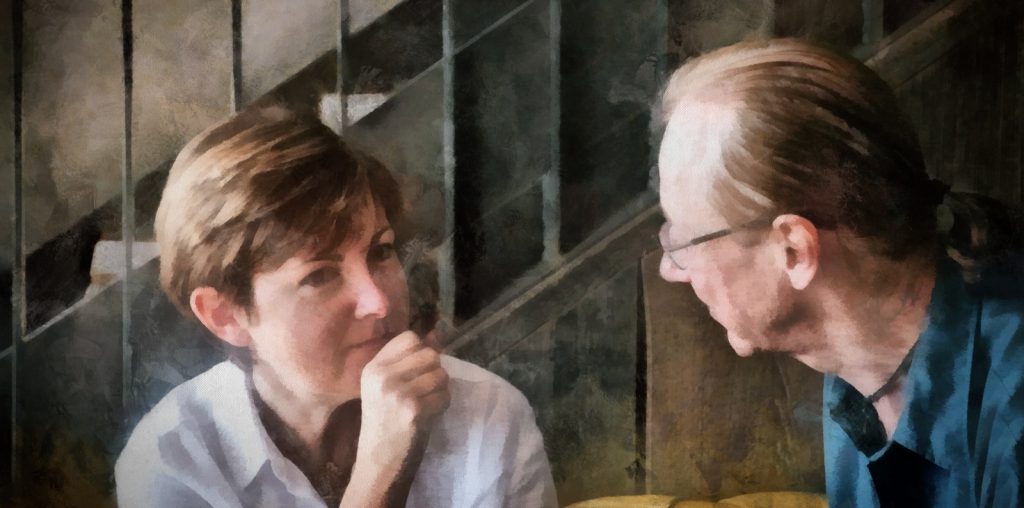So, you want to win all of your clubs photography contests?
When you join a photography club it can be for several reasons. You might want to associate with others having similar interests. You might want to learn about photography. You might simply join in order to be able to enter competitions. Whatever your reason, what you need to do when you start your club journey is to park the thought that everyone knows more than you, at the door! And that’s because no matter how good a photographer is, no matter how helpful or critical they try to be, they all come with baggage.
The fact is that we all tend to like what we like and it takes someone truly exceptional to put that baggage to one side. If a judge can see through the eyes of the photographer they are critiquing, then they are better able to critique their work.
Unfortunately, and through personal experience, club judges rarely fall into this category because they are expected to do the job in a certain way. Their aim is normalise images rather than to value the unusual, quirky and downright different images we present. In club photography then, what you think will do well in competition will if it conforms closely to what typically and historically does well. Doing well in competitions is therefore less about innovative photography challanging the senses, it’s more about knowing how to create a winning entry.
Having said all this, there is absolutely nothing wrong in wanting to succeed in club photography and just like any process, you simply need to learn the rules and to carefully study what historically does well in club competitions. This approach will maximise your chances of podium placings as well as improve your club photography.
So, what does a club judge look for in a winning image. Let’s take a look.
- Club judges are pixel peepers: When having to differentiate between one image and another they will revert to technical imperfections in order to choose one image over another. It’s a proven technique that works well as it provides them with justification to discount or mark down an otherwise good image.
- Club judges are traditionalists: Unless the competition is themed, club judges will often prefer to stay with stuff they know and stuff they know their audience will appreciate. Landscapes, sports and wildlife all do well for this reason, portraits less so unless the judge has an interest in them (and that can be a little dodgy as they will undoubdatly be looking for flaws) and finally, at the end of the list, documentary / reportage. There’s absolutely nothing wrong with this genre of course, it probably comprises most of the published works in history, but it is a genre that judges all too often seem to avoid.
- Club judges seem to like obviously emotional images: I have seen similar images win multiple contests even in the same season. That tells me that you can’t go wrong in club competitions if you tug at the judges heartstrings especially if the image is technically on point. That means paying real attention to the quality of your post processing. With animals, mother and child shots, especially primates seem to do really well. If you live close to a zoo or wildlife park, this type of capture is not particulalry difficult either. Just remember to pay attention to the details and nail the post-processing.
- Judges like good post-processing: As I mentioned above, good post-processing is a must if you want to win competitions. This is often why reportage photography (often called street / candid photography) falls down as the capture of the image is often an instant decision and everything else, such as lighting, composition and technical perfection has to take second stage. You can offset these limitations to a certain degree in post with some deft manipulation but be careful as sometimes the post-processing lessons what was captured. So to reiterate, judges love well composed and post-processed images and much of what you hear in their judgmements relates to how well or poorly an image was post-processed.
- Judges love good composition and rules: Leading lines, the rule of thirds and odd-numbers are important differentiating tools for judges. If you are able to think about your composition before you press the shutter, that is the way to take a winning shot. Bringing in leading lines with due reference to thirds etc won’t do your image any harm but bare in mind,for many scenarios the judge will have seen it all before. Keep it fresh!
- Judges hate clutter: If your image is difficult to read due to clutter or being overly busy it is likely to fare badly. Judges love a central subject and the least amount of detail around that subject the better. If your eye wanders around the image, so will theirs! For macro and wildlife eg insects, birds and animals in the wild it’s all about controlling bokah and any spurious foreground objects that detract from the image. For landscapes its all about composition and viewpoint and for portraits, it’s about controlling and manipulating light efficiently. Before entering your images, ask others for their opinions, Quite often we seem images differently and taking on advice before pressing the submit button will often pay dividends.
- Judges like what they like: I hate to say it but research your judge before entering your images. Your club will often post information on your judge prior to the competition, or at least email you with their name, closing dates etc. All you then need do is visit any resources where they add their own images. This could be the associations they are affiliated to, their own personal website, instagram or facebook. Knowing your judge doesn’t mean an automatic placing but it does mean you are maximising your chance of the judge understaning your work and being naturally drawn to it. Be aware though, judges might often feel that they are at the top of their game and you presenting an image that is close to, equal to or, worse still, better than anything they have done, might not go down too well. Just a thought!
- Judges like familiar things done a little differently: If you are a judge you are going to see 1000’s of landscapes, 1000’s of wildlife shots and 1000’s of sports images. Differentiating your image from others in the competition you are entering, or from all those that the judge has seen before, is what is going to win you a placing or a spot in the top three. It’s no good choosing that image from your archives on the day of the competition, those decisions need to have been made before you pressed the shutter. Location, position, angle of view, getting high, or low, weather and a whole lot more will come into play here so be thoughtful, be wise and be patient.
- Judges are taught how to judge: Get hold of a copy of the guidence issued to judges by the various associations they are affiliated to. There will be judging guidence issued by those associations because judges are trained to judge. If you know what they know, then you are better able to consider what of your photography will work best.
There will be other things club judges look for in a competition entry but I think the above guidence, certainly from my experience, constitutes a good start point. Personally, I rail against club competitions because I am less interested in winning than I am about what the photograph means to me. For me, it is often the imperfections and vageries of my images, that would no doubt degrade my chances of success in competitions, that attracted me to press the shutter.
Interestingly, in the season after I wrote this I came top of the advanced group for all internal club competitions. I also did reasonable well in trophy competitions and some external competitions. I did this by applying a good number of the above rules to my submissions. Importantly thoughm,I also took my time during the selection process to put in the best images I could.


